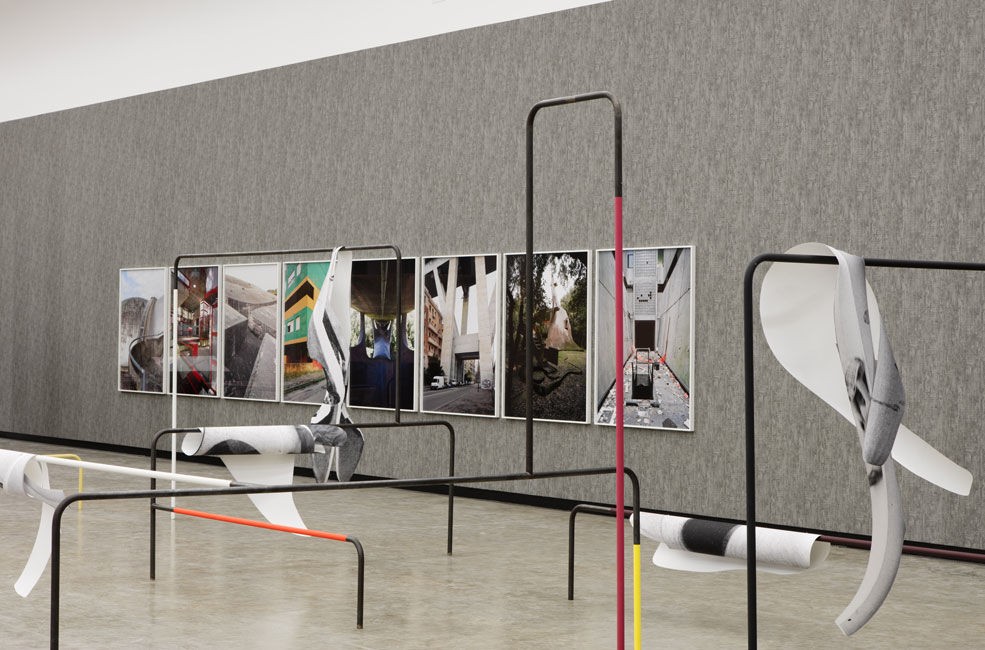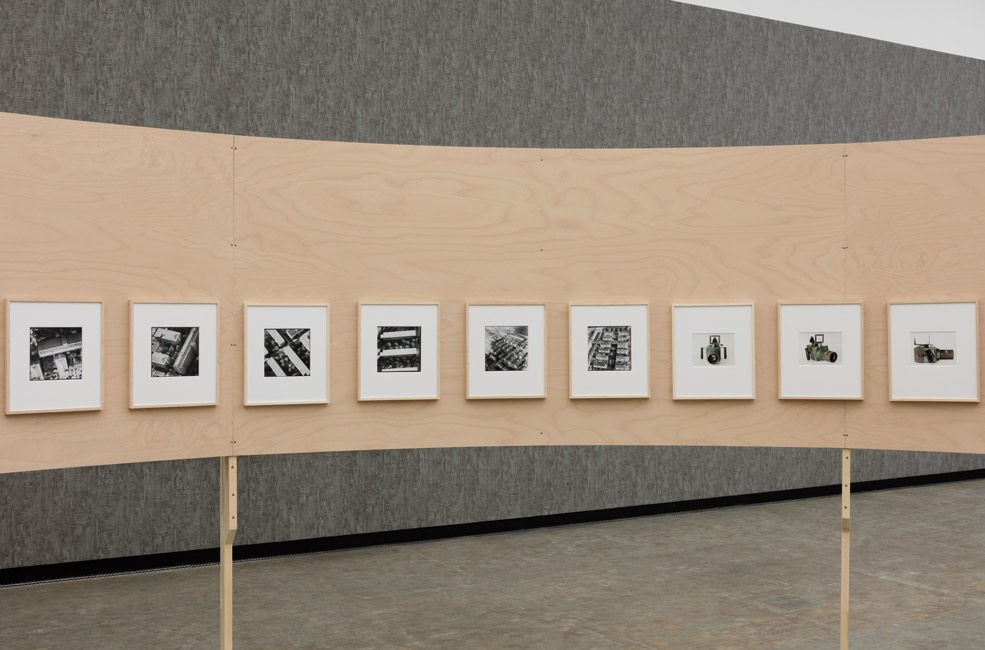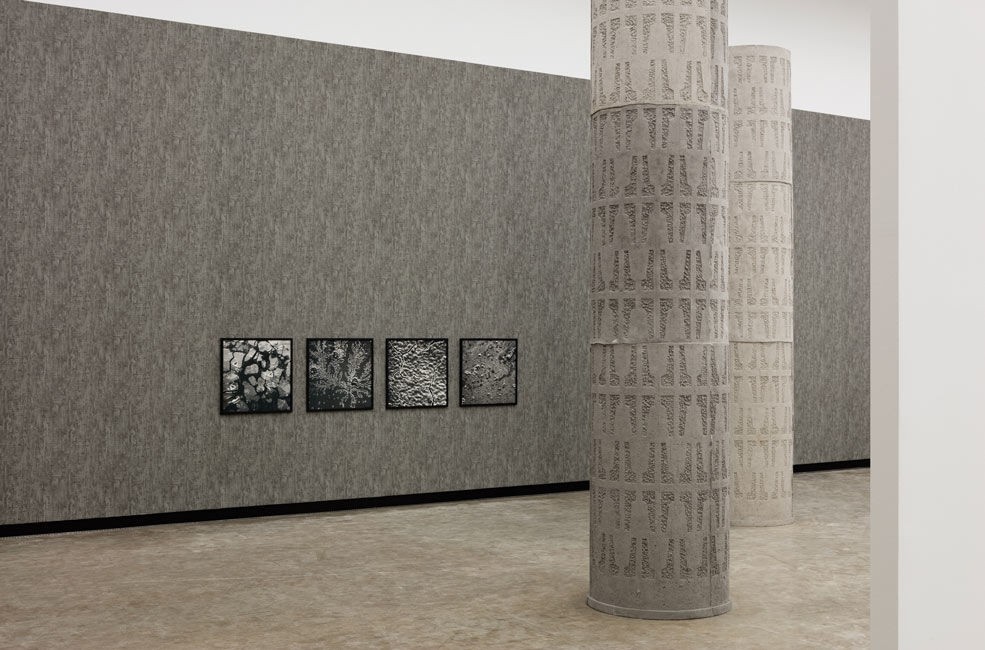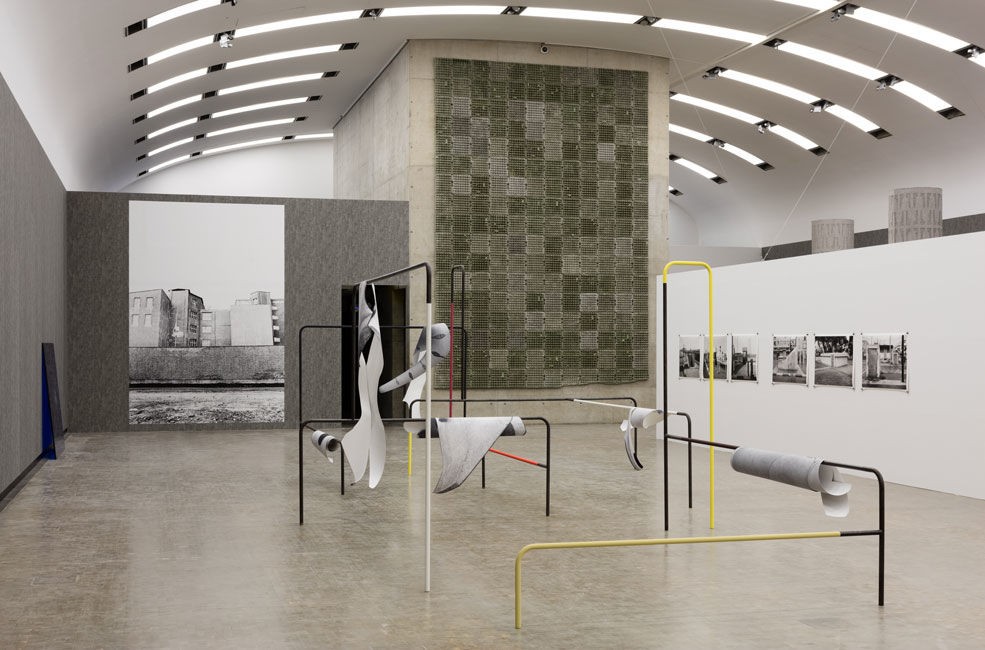Béton
25 Jun - 06 Nov 2016
BÉTON
25 June - 6 November 2016
Curators: Vanessa Joan Müller, Nicolaus Schafhausen
On October 26, visitors get two tickets for the prize of one for the exhibitions Béton and/or Nathalie Du Pasquier.
In the 1950s and 60s, concrete was regarded as the epitome of modernism. An individual architectural style based on concrete established itself, so-called brutalism (originating from the French word for exposed concrete: béton brut). Brutalist architecture not only distinguishes itself through an expressive application of concrete but through a distinct social element; brutalist architecture stands for social housing, municipal educational establishments, cultural centers, and universities. Aiming to change society, brutalist architecture virtually gave shape to utopia. Today, many of the buildings built at the time are threatened with demolition; they are considered to have failed their purpose. In light of a modernism stained by dystopia, contemporary art once again carve out its original ideas, its euphoria, but also its failure. Not out of a nostalgic longing but for the sake of remembering that architecture was once more than enclosed space, and concrete was not merely a building material but was historically and ideologically charged.
Artists: Kasper Akhøj, Heba Amin, Monica Bonvicini, Mark Boyle, Andreas Bunte, Tom Burr, Thomas Demand, Werner Feiersinger, Karsten Födinger, Cyprien Gaillard, Isa Genzken, Liam Gillick, Annette Kelm, Hubert Kiecol, Jakob Kolding, Miki Kratsman, Susanne Kriemann, David Maljković, Jumana Manna, Ingrid Martens, Isa Melsheimer, Olaf Metzel, Maximilian Pramatarov, Heidi Specker, Ron Terada, Tercerunquinto, Sofie Thorsen, Klaus Weber, Tobias Zielony
25 June - 6 November 2016
Curators: Vanessa Joan Müller, Nicolaus Schafhausen
On October 26, visitors get two tickets for the prize of one for the exhibitions Béton and/or Nathalie Du Pasquier.
In the 1950s and 60s, concrete was regarded as the epitome of modernism. An individual architectural style based on concrete established itself, so-called brutalism (originating from the French word for exposed concrete: béton brut). Brutalist architecture not only distinguishes itself through an expressive application of concrete but through a distinct social element; brutalist architecture stands for social housing, municipal educational establishments, cultural centers, and universities. Aiming to change society, brutalist architecture virtually gave shape to utopia. Today, many of the buildings built at the time are threatened with demolition; they are considered to have failed their purpose. In light of a modernism stained by dystopia, contemporary art once again carve out its original ideas, its euphoria, but also its failure. Not out of a nostalgic longing but for the sake of remembering that architecture was once more than enclosed space, and concrete was not merely a building material but was historically and ideologically charged.
Artists: Kasper Akhøj, Heba Amin, Monica Bonvicini, Mark Boyle, Andreas Bunte, Tom Burr, Thomas Demand, Werner Feiersinger, Karsten Födinger, Cyprien Gaillard, Isa Genzken, Liam Gillick, Annette Kelm, Hubert Kiecol, Jakob Kolding, Miki Kratsman, Susanne Kriemann, David Maljković, Jumana Manna, Ingrid Martens, Isa Melsheimer, Olaf Metzel, Maximilian Pramatarov, Heidi Specker, Ron Terada, Tercerunquinto, Sofie Thorsen, Klaus Weber, Tobias Zielony






